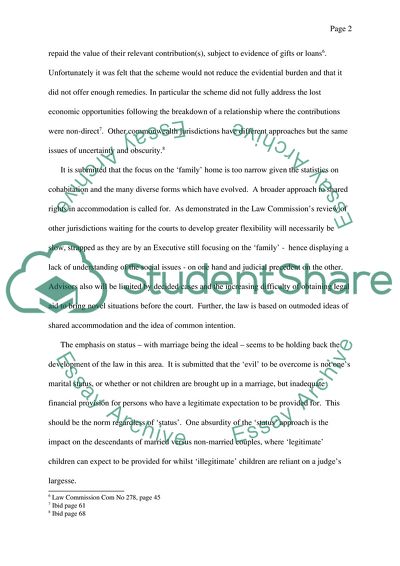Cite this document
(Contributions to the Payment of the Mortgage Case Study, n.d.)
Contributions to the Payment of the Mortgage Case Study. Retrieved from https://studentshare.org/law/1703693-property-law-equity-trusts-max-word-limit-2250
Contributions to the Payment of the Mortgage Case Study. Retrieved from https://studentshare.org/law/1703693-property-law-equity-trusts-max-word-limit-2250
(Contributions to the Payment of the Mortgage Case Study)
Contributions to the Payment of the Mortgage Case Study. https://studentshare.org/law/1703693-property-law-equity-trusts-max-word-limit-2250.
Contributions to the Payment of the Mortgage Case Study. https://studentshare.org/law/1703693-property-law-equity-trusts-max-word-limit-2250.
“Contributions to the Payment of the Mortgage Case Study”. https://studentshare.org/law/1703693-property-law-equity-trusts-max-word-limit-2250.


